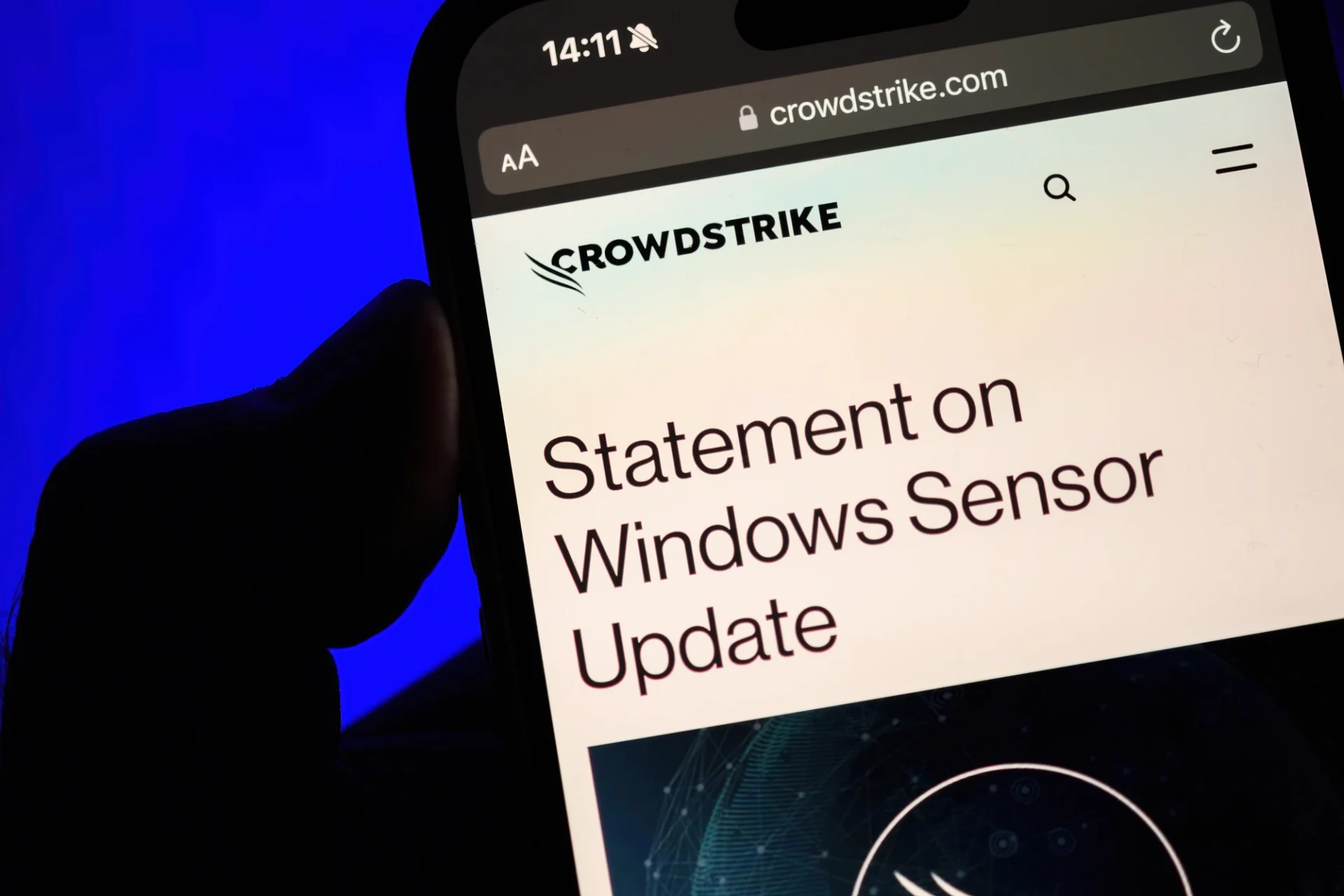The recent global outage, estimated to cost Fortune 500 companies more than $5 Billion Dollars,1 caused by CrowdStrike’s Falcon content update has brought to light significant deficiencies in their deployment strategy. The outage, which led to system crashes for many Windows users, was a result of a flawed content update. I find it concerning that fundamental, foundational, and seemingly basic preventative measures were not in place. This blog post will analyze the post-incident report, highlighting key areas of concern and emphasizing the importance of preventative measures. Although CrowdStrike may believe that a $10 Uber Eats gift card2 will alleviate their customers’ dissatisfaction, I remain unconvinced.
Key Concerns from the Report
CrowdStrike’s preliminary post-incident report reveals several alarming oversights. The report states,
“The content update included an unexpected error that resulted in Windows system crashes.”
This statement alone indicates a lack of comprehensive testing and review before deployment. In high-stakes environments like cybersecurity, such oversights can have severe consequences.
Staggered Deployments
One of the most concerning aspects is the absence of staggered deployments (it should be noted that AWS considers staggered deployments to be “foundational”)3. Staggered deployments involve rolling out updates to a small group of users first, monitoring for issues, and then gradually expanding the deployment. This method allows for early detection of problems and minimizes the impact on the entire user base. The report mentions,
“We are implementing staggered deployments to prevent similar issues in the future,”
which begs the question: Why was this not a standard practice from the beginning?
Stability Testing
Thorough stability testing is crucial to ensure that updates do not introduce new problems. The report states,
“Our stability testing processes are being enhanced to cover a wider range of scenarios.”
This admission indicates that the existing testing protocols were insufficient. Stability testing should encompass various environments and use cases to identify potential weaknesses. The lack of such comprehensive testing is a significant oversight, in my opinion.
Rollback Procedures
Equally critical is the ability to quickly roll back updates in case of failure. Rollback procedures should be a fundamental part of any deployment strategy, allowing for rapid reversion to a previous stable state. The report acknowledges,
“Our rollback procedures are being reviewed and improved,”
suggesting that the current processes were inadequate. Effective rollback mechanisms are essential for minimizing downtime and operational disruption.
Ethical Implications
In my opinion, the potential negligence in implementing these fundamental practices could have serious ramifications. Clients rely on cybersecurity solutions to protect their systems and data. Failure to ensure the stability and reliability of these solutions can lead to breaches of contract and loss of trust. Additionally, the lack of proactive measures could be seen as a breach of due diligence.
Moving Forward
To prevent similar incidents in the future, it is imperative for CrowdStrike and other organizations to prioritize preventative measures. Staggered deployments, thorough stability testing, and robust rollback procedures should be standard practices. By implementing these measures, companies can ensure the stability and reliability of their updates, thereby maintaining client trust and avoiding legal complications.
Conclusion
The recent CrowdStrike outage serves as a stark reminder of the importance of proactive measures in software deployment. The deficiencies highlighted in the post-incident report underscore the need for staggered deployments, comprehensive stability testing, and effective rollback procedures. As an engineer with a legal background, I urge organizations to prioritize these practices to prevent similar incidents and ensure the trust and safety of their clients.
For a detailed look at CrowdStrike’s post-incident report, you can read the full document on CrowdStrike’s website.
Disclaimer
Please note: This blog is an opinion piece. The views expressed in this article are solely my own and do not represent the opinions or views of my employer. This is an opinion piece based on my analysis of the information available. While I believe all statements and information presented to be accurate, they are made without any warranty. I welcome any corrections or additional information that may enhance the accuracy and completeness of this article.
- See generally Alex Hern, CrowdStrike Outage Costs Companies Millions, The Guardian (July 24, 2024), https://www.theguardian.com/technology/article/2024/jul/24/crowdstrike-outage-companies-cost. ↩︎
- See Ron Miller, CrowdStrike Offers a $10 Apology Gift Card to Say Sorry for Outage, TechCrunch (July 24, 2024), https://techcrunch.com/2024/07/24/crowdstrike-offers-a-10-apology-gift-card-to-say-sorry-for-outage/. ↩︎
- See Amazon Web Services, Inc., [DL.ADS.3] Use Staggered Deployment and Release Strategies, in AWS DevOps Guidance, at 110, https://docs.aws.amazon.com/pdfs/wellarchitected/latest/devops-guidance/devops-guidance.pdf#dl.ads.3-use-staggered-deployment-and-release-strategies. ↩︎






